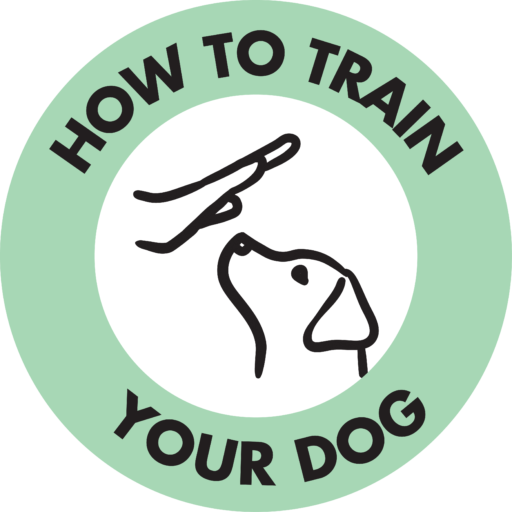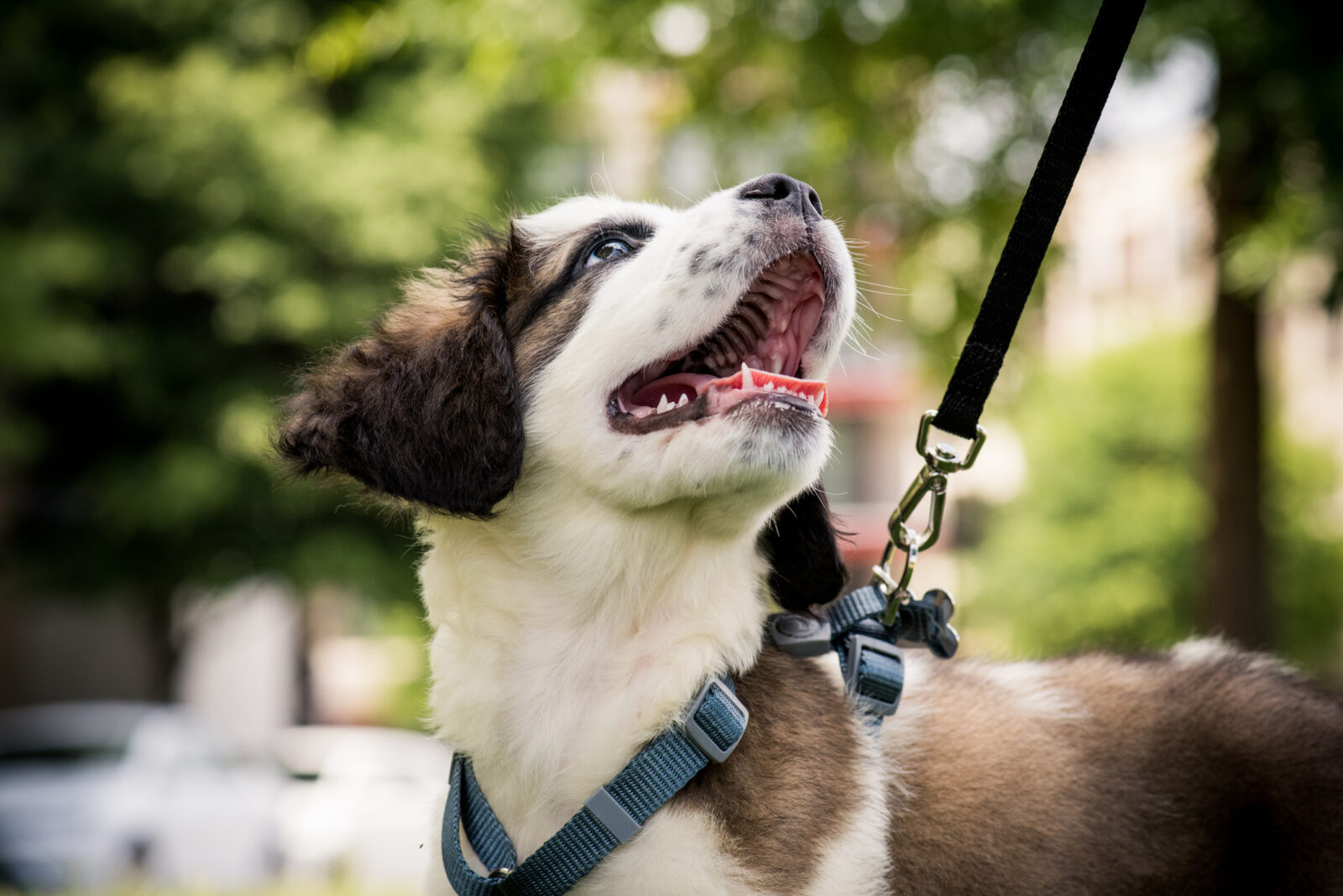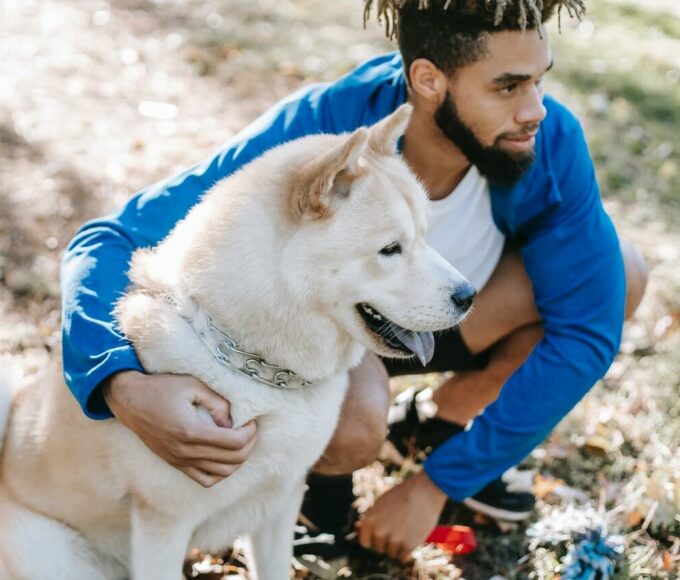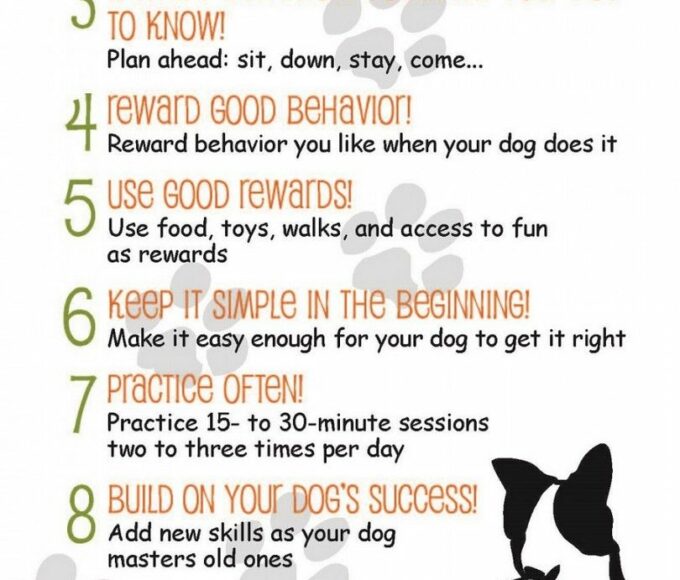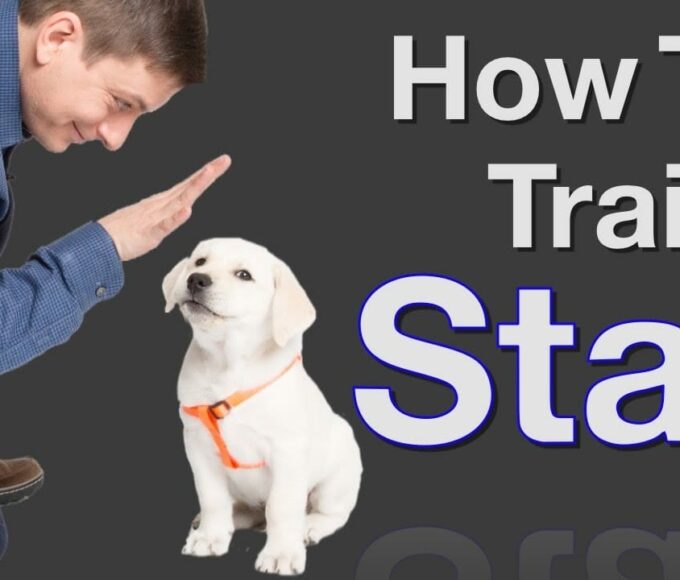Are you ready for some leash training? If you’ve ever walked a brand new and energetic puppy (of almost any breed!), you’ve probably noticed the zig-zag way they tend to walk. In fact, it’s less of a walk and more of an exploration of their surroundings as they sniff every single object and plant they come across and zoom from one side of the sidewalk to the other.
While this is inevitable with puppies, leash training a puppy is essential to ensure they walk easily as full-grown dogs. This is especially important for bigger dogs who could definitely take you for a walk as opposed to the other way around.
At the end of the day, training a puppy to walk on a leash ensures your dog stays safe and understands the cues you give them. Plus, then you and your furry friend will know proper leash etiquette when making new dog friends while out and about.
So, what should you know?
What is the best dog leash for pulling?
What does training your puppy to walk on a leash entail?
Let’s start with some basics.
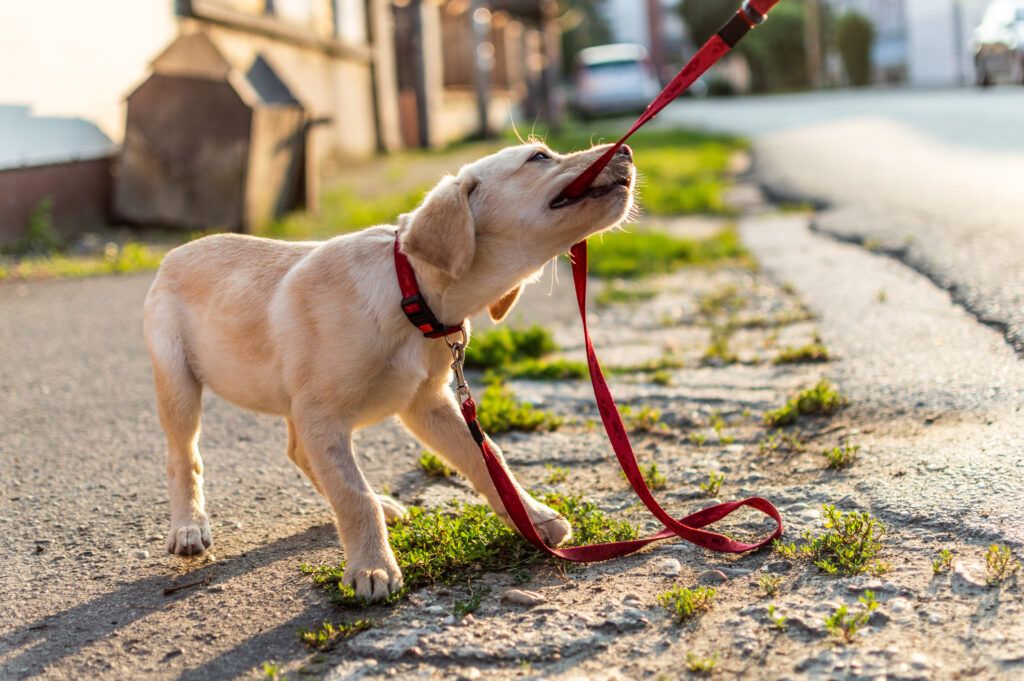
What Age Should You Start Leash Training?
As soon as you bring your puppy home, you can start leash training. In fact, the sooner, the better. Leash training a puppy is ideal since they are still learning, growing, and developing. Learning this later on can actually prove to be much more difficult for both the dog and owner.
When you’re just starting out, it’s a good idea to equip your little furry friend with a harness. This actually prevents your tiny puppy from slipping out from the collar (which can be easy to do when they are so small!). It also reduces the risk of injury as puppies tend to pull on the leash since they don’t yet understand its use.
How Long Does it Take to Leash Train a Dog?
From the onset of training your puppy to walk on a leash, it should take about four to six weeks. At the same time, this duration truly depends on how committed you are to teaching them. If you tend to lag and be inconsistent, inevitably, your dog won’t learn how to walk with a leash as quickly or as easily as they could.
Why Does My Dog Bite and Pull the Leash?
All of us dog lovers have probably seen this one before: You bring your puppy home, and every attempt at a walk turns into a play session. The leash swinging in front of them might offer excitement and fun in the eyes of a puppy.
Alternatively, they may also be more prone to do this during their teething period, which happens within their first six months of life. (More on how to prevent and stop this from happening below!)
Is it OK to Drag Puppy On Leash?
This is definitely not recommended!
Dragging a puppy on a leash can injure their necks or other joints, especially considering they are quite small and fragile at such a young age. It also creates unhappy and negative associations with walking with a leash, which could lead to behavioral issues with your dog.
How Do You Practice Leash Training?
Okay, so let’s get into it. What’s the best way of training your puppy to walk on leash? Here’s a step-by-step guide on how to do it just right.
1. Practice in a quiet, indoor space first.
This is like learning to ride a bike with training wheels. You and your pup can get the basics down pat (or at least, get the hang of it) before adding in other distractions like cars, other people, and other dogs.
In puppy school, they will often practice this with all the owners and their puppies, having everyone walk around the room in a circle. This could offer a great next step after quietly practicing it at home.
2. Use treats to reinforce good behavior.
Stand with your dog on leash. Try moving in different directions, and reward your pup when your dog follows your lead. Continue to use this positive reinforcement every time they move with you and follow your lead.
3. Give them treats only from one side when walking.
This trains them to stay to one side on the walk (preventing that zig-zagging that puppies tend to do!). This, again, positively reinforces where you want your dog to be when walking. Take small steps, give them a treat, then take a few more steps and give them another treat.
4. Continue practicing with positive reinforcement in new environments and spaces.
You may even want to consider varying when you offer treats, encouraging them to take more steps, and helping them understand what they need to do.
Other Things to Note
While you could follow the practical steps above and practice, practice, practice, there are a few others things to take note of.
For instance, what do you do if your dog keeps pulling or biting on the leash? How do you know you have the right leash for your dog? Check out the sections below.
Dealing With Pulling
If the dog pulls, don’t pull back. Simply stop walking and hold the leash steady. Have treats ready and cheerfully (no scolding) call their name and give a command. Once they’ve stopped pulling, praise them by giving them a treat.
If you do need to pull away, do so at a gentle and steady pass rather than quickly pulling back. Sometimes, this is necessary. And if it becomes a regular occurrence, it’s definitely a good idea to consider a harness over a collar for your dog, since this will reduce the risk of any injuries when this happens.
Additionally, the best dog leash for pulling should be made of nylon and may have some give in it to prevent sharp pulls.
Biting the Leash
Biting and playing with their leash is a comical show at first. Yet, when it happens again and again, it can really take away from proper leash training of your puppy.
While it can seem natural to pull back at the leash, this actually is more-or-less exactly what your dog wants, as this tension makes it all that much more fun for them. Instead, push the leash toward them to release the tension. The puppy will likely lose interest, dropping the leash and continuing walking.
Ensuring You Have the Right Leash
There are various sizes of leashes, fit for different sized puppies and dogs. Light-weight and nylon leashes are great options for smaller pups. Meanwhile, thick and leather leashes might be best suited for bigger dogs.
When first leash training a puppy, it’s best to avoid buying a retractable leash. These give you less control and can reinforce bad behaviors when walking. Generally, at first, it’s probably best to get a six-foot leash which allows your furry friend a bit of freedom and also grants you plenty of control.
Lastly, try not to keep the leash tight, as this will encourage your puppy to pull on it. Leave a tiny bit of slack on the leash as you walk.
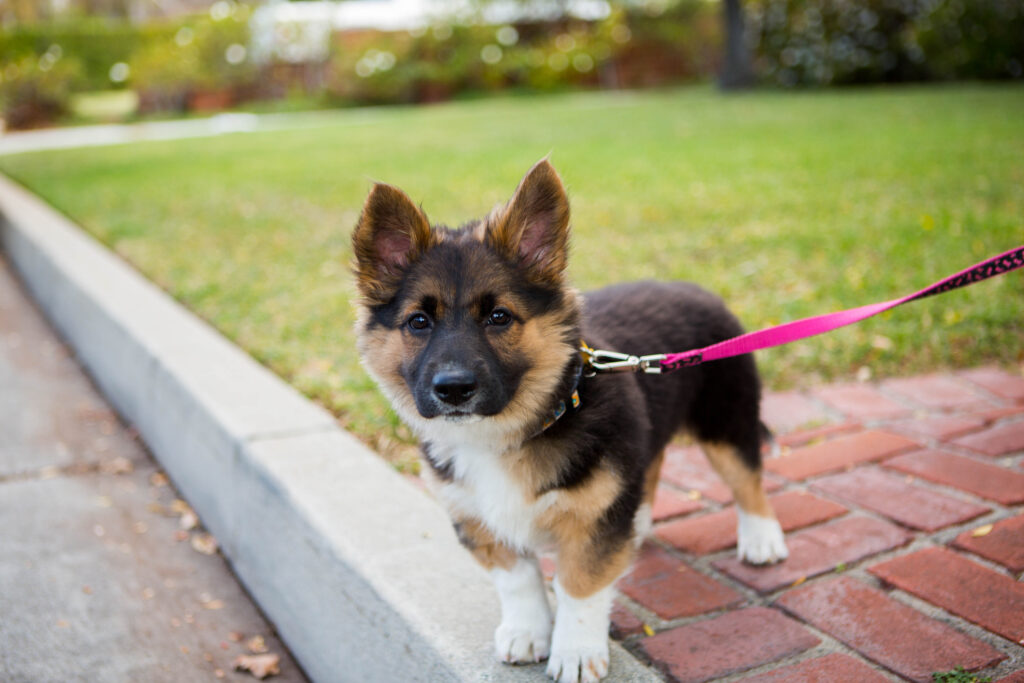
Is it OK to Let Your Dog Walk in Front of You?
This should be avoided, especially when leash training your puppy. When your dog walks in front, it signals to them that they are the alpha or the “pack leader.” This means they will be less likely to listen to your commands or follow your lead.
Ideally, you should walk out the door and in the door first. Your dog should stay beside you or behind you as you walk.
At the same time, it is a good idea to use some common sense here. If you’re walking very slowly, perhaps your puppy just wants to go a bit faster. Or if they are running in front of you toward someone, they may just want to go say hello.
Generally speaking, you just don’t want this to become a regular occurrence, and you probably want not to reinforce it positively during leash training.
How Long Should I Let My Dog Sniff on Walks?
As a puppy, everything in the world is new to them! Allowing them to explore the world is half the fun of heading out on a walk. Thus, allowing them to explore via sniffing every now and then makes a walk more fun and exciting for them.
When it comes down to it, there is no perfect ratio here. Moreso, it’s up to you to decide this. Overall, it’s best to have a release word, such as “come” or “break.” You’ll also want to ensure your dog isn’t sniffing its way into trouble, such as someone’s tossed garbage on the ground.
Happy Leash Training!
Leash training a puppy can be a fun and enjoyable experience for both of you. It may take some patience, effort, and kindness, but you and your furry friend will eventually catch an even stride.
Photo by Brendan von Wahl
